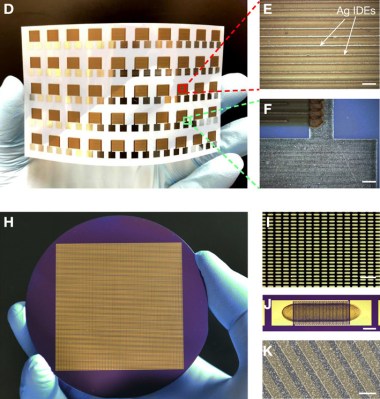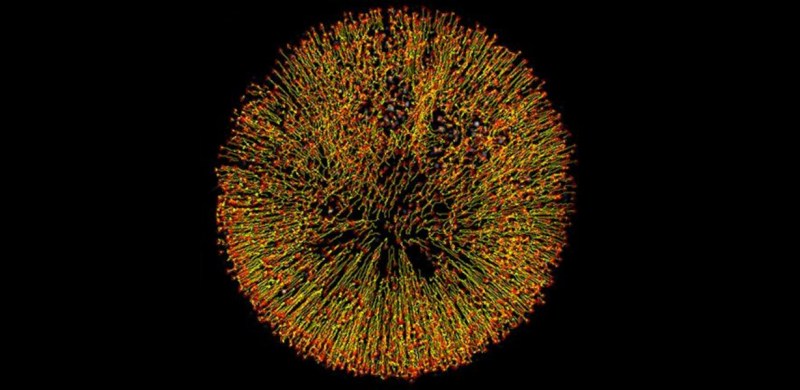If you’ve ever sloshed coffee out of your mug and watched the tiny particles scurry to the edges of the puddle, then you’ve witnessed a genuine mystery of fluid mechanics called the coffee ring effect. The same phenomenon happens with spilled wine, and with functional inks like graphene.

The coffee ring effect makes it difficult to print graphene and similar materials onto silicon wafers, plastics, and other hard surfaces because of this drying problem. There are already a few commercial options that can be used to combat the coffee ring effect, but they’re all polymers and surfactants that negatively affect the electronic properties of graphene.
Recently, a group of researchers discovered that alcohol is the ideal solution. In the case of spilled graphene, the particles fleeing for the edges are naturally spherical. By adding a mixture of isopropyl and 2-butanol alcohol, they get flattened into a pancake shape, resulting in smoother deformation during the drying process and an easier printing process with better results.
Graphene is quite interesting by nature, and has many uses. It can shift from an insulator to a superconductor with the right temperature changes, and it can desalinate sea water for drinking.

















I don’t think I would describe it as “a genuine mystery of fluid mechanics” because the Wikipedia page describes the cause quite succinctly. Perhaps a better description would be a “a wonder of fluid mechanics”.
I’ve done quite some research on the subject and came to the same conclusion, everything goes more smoothly under the influence of alcohol.
Cheers mate.
Yeah all that is cool and all, but the real question is
Graphene super CPUs when?
Probably a decade away. Just like controlled fusion power generation, which is probably a decade away and has been so since around 1972…;-)
I remember reading in a Pop-Sci article back in the mid-1980’s about how we would have fusion power plants worldwide by the year 2025, solving all the world’s energy needs. I think that we might be just a bit behind their proposed schedule.
Of course, they also predicted that by then all of the world’s coastal cities would be under many meters of water thanks to global warming, and that we wouldn’t have any ozone layer left. (and that was written just 10-15 years after these same idiots suggested ADDING pollution to the atmosphere to prevent the impending ice age!)
Yeah as they say “The science is settled” which proves beyond doubt that they no nothing about science.
They also said people will become more stupid and start believing in conspiracy theories. Luckily that didn’t happen either.
These inkjeted solutions use flakes of graphene in a supension – the final result is something akin to polysilicon. They have lots of uses (eg OLED screens, gas sensors etc,), but they are not going to give access to the sorts of properties that you read about, such as ultra high electron mobilities.
For those (and hence to graphene CPUs) we will need to first learn how to grow high quality single crystal graphene in-situ straight onto the silicon wafers – and that is still some way away.
Not really surprised, alcohol makes me smoother too.